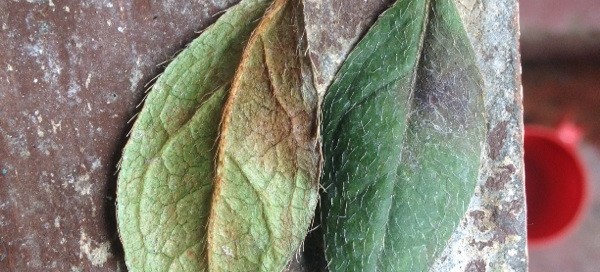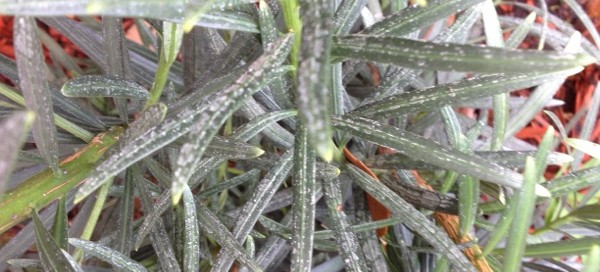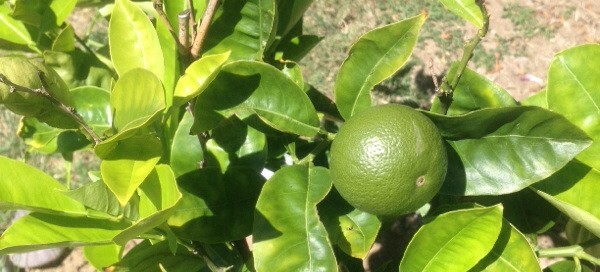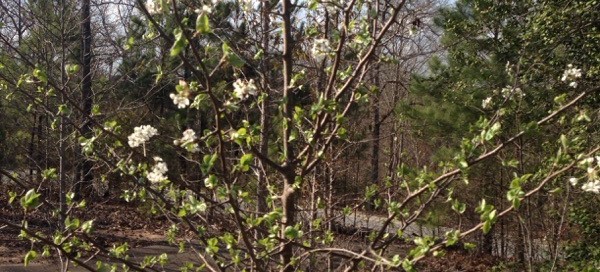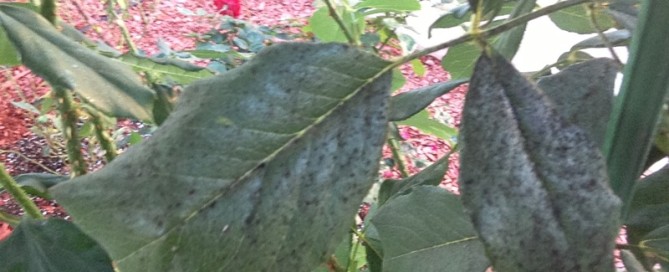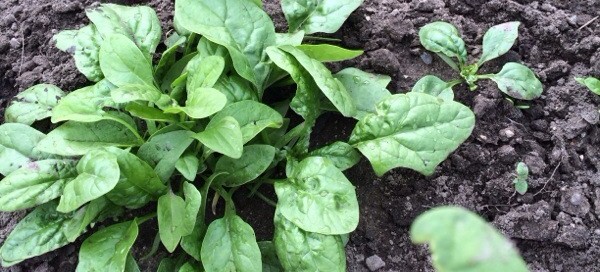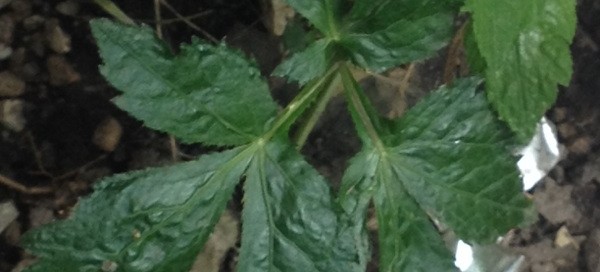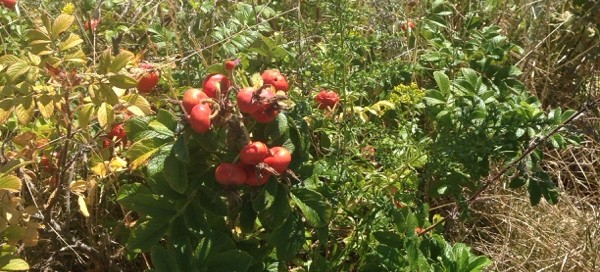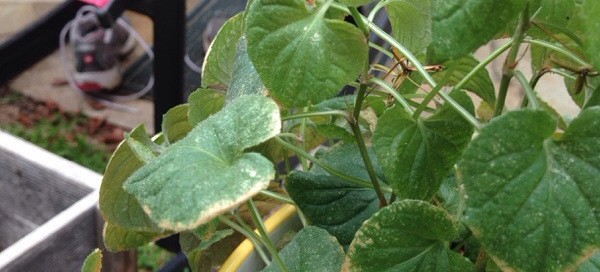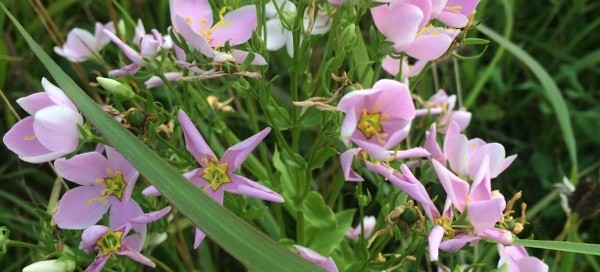Powdery Mildew
This appears to be a case of powdery mildew. Powdery mildew is unattractive Although plants are unsightly and can be weakened by an infection, they do not usually die. Powdery mildew on ornamentals is an aesthetic issue. Powdery mildew can be prevented, and it can be controlled once it appears, but it can't be cured. The key to preventing it is planting mildew-resistant or mildew- tolerant varieties. Resistant varieties get less mildew than susceptible varieties; tolerant varieties may get some mildew, but it shouldn't affect the performance of the plant. Prevention also includes siting plants where they will have good air circulation. To control minor infestations, pick off affected plant parts and bag them tightly and put them in the trash.
